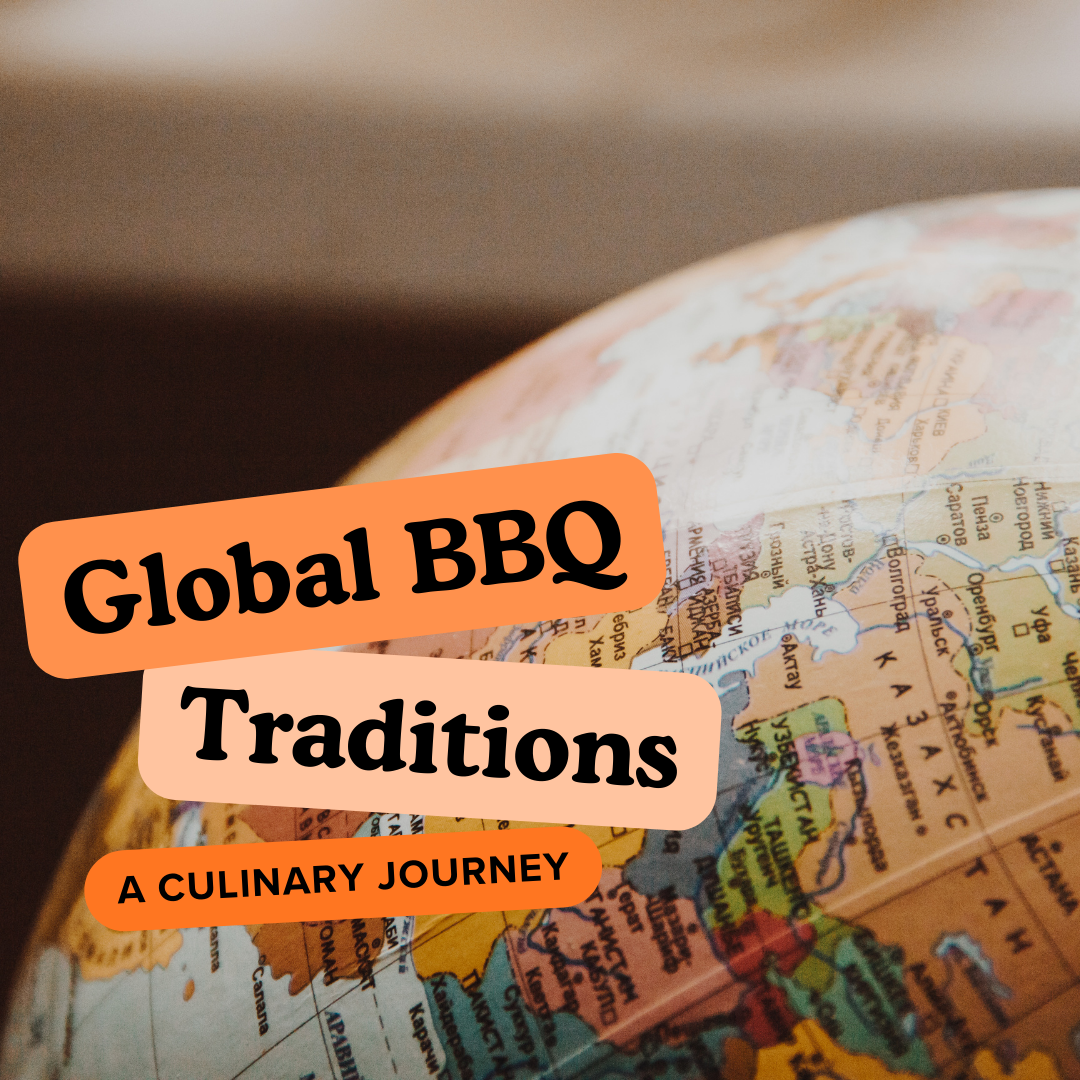Global BBQ Traditions: A Culinary Journey

Barbecue is a beloved culinary tradition that spans the globe, with each culture adding its own unique flavors, techniques, and customs. From the sizzling grills of Korean BBQ to the open flames of South African braai, the smoky aromas of Argentine asado, and the delicate skewers of Japanese yakitori, BBQ is a universal language of taste and togetherness. Let's embark on a journey to explore these diverse BBQ traditions, delving into their distinctive cooking techniques, marinades, and cultural significance.
Korean BBQ (Gogi-gui)
Cooking Techniques and Equipment
- Korean BBQ, known as gogi-gui, typically involves grilling marinated meats over a charcoal or gas grill, often built into the dining table. This interactive dining experience allows diners to cook their own food to their liking.
Popular Marinades
- Bulgogi: Thinly sliced beef marinated in a mixture of soy sauce, sugar, sesame oil, garlic, and ginger.
- Galbi: Beef short ribs marinated in a similar sweet and savory sauce, often including pear or apple for added sweetness and tenderizing.
Cultural Significance
- Korean BBQ is a social dining experience, emphasizing communal eating and sharing. It is often enjoyed with a variety of side dishes (banchan), such as kimchi, pickled vegetables, and rice. The experience is as much about the convivial atmosphere as it is about the food.
South African Braai
Cooking Techniques and Equipment
- Braai refers to a South African barbecue where meat is cooked over an open flame, usually wood or charcoal. The key to a successful braai is the wood, with types like rooikrans and kameeldoring providing distinct flavors.
Popular Marinades and Meats
- Boerewors: A traditional South African sausage made from beef, lamb, and pork, often seasoned with coriander, nutmeg, and cloves.
- Sosaties: Skewered meat marinated in a mixture of curry, apricot, and onion.
Cultural Significance
- Braai is deeply embedded in South African culture, serving as a social event that brings people together. It's more than just a meal; it's a celebration of heritage and community, often accompanied by storytelling, music, and a sense of camaraderie.
Argentine Asado
Cooking Techniques and Equipment
- Asado is the Argentine method of barbecuing, where large cuts of meat are slow-cooked over an open flame or embers. The meat is often cooked on a parrilla (grill) or an asador (cross), allowing it to be cooked slowly and evenly.
Popular Cuts and Seasonings
- Beef Ribs: A staple of asado, seasoned simply with salt to let the natural flavors shine.
- Chorizo: Argentine sausages that are grilled and often served as an appetizer.
- Chimichurri: A vibrant green sauce made from parsley, garlic, vinegar, olive oil, and chili flakes, served as a condiment with the grilled meats.
Cultural Significance
- Asado is a cornerstone of Argentine culture, symbolizing family gatherings and social events. It reflects the country's ranching heritage and the importance of beef in Argentine cuisine.
Japanese Yakitori
Cooking Techniques and Equipment
- Yakitori involves grilling skewered pieces of chicken over a binchotan (white charcoal) grill. This method ensures even cooking and imparts a distinctive smoky flavor.
Popular Marinades and Skewers
- Tare: A sweet soy-based sauce used to glaze the skewers during grilling.
- Shio: Simply seasoned with salt to highlight the natural flavor of the chicken.
Cultural Significance
- Yakitori is commonly enjoyed in izakayas (Japanese pubs) as a popular snack to accompany drinks. It's a casual and social food, often consumed after work in a relaxed setting.












